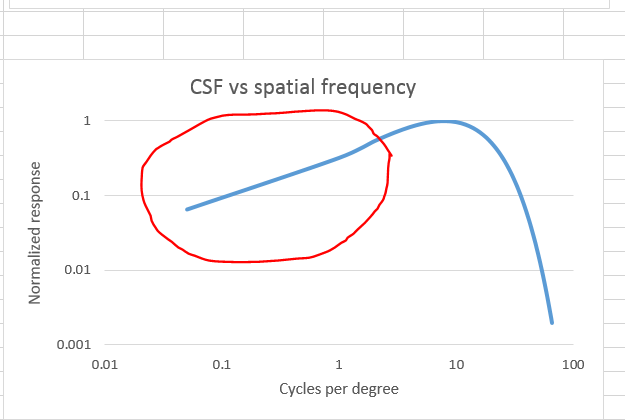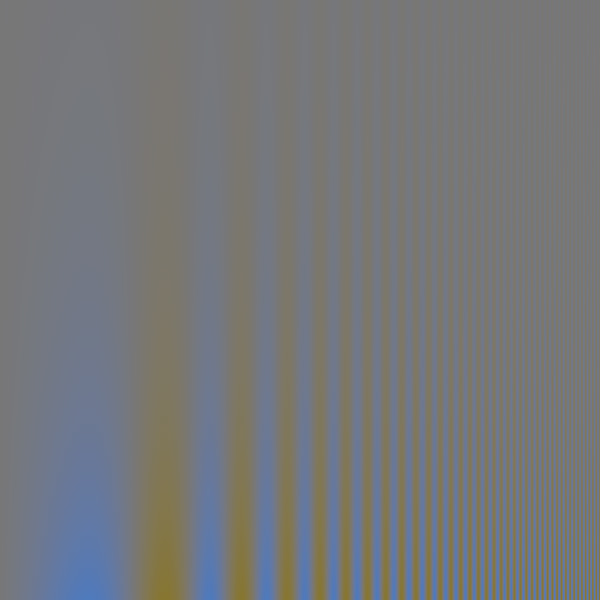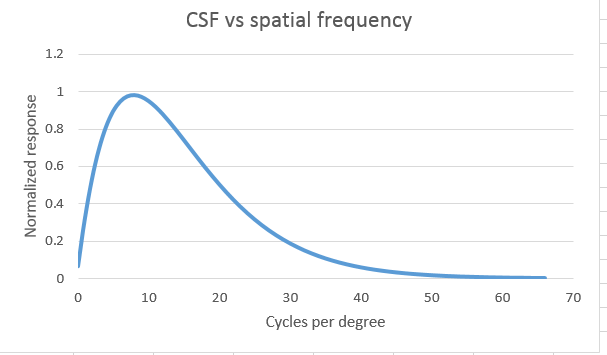Let’s look first at the drop in luminance contrast sensitivity at low spatial frequencies. That’s why dodging and burning works. Slow changes in luminance are introduced by the printer (in the old days) or editor (now) so that local contrast can be higher or to call attention to or from image elements. Done right, the… [Read More]
Archives for April 2014
Chromaticity Contrast Sensitivity Functions
Yesterday, I presented material on how people’s ability to perceive small – and not so small – luminance changes varies with spatial frequency. Today, I’ll talk about how our ability to perceive changes in chromaticity (color without luminance) varies as spatial frequencies are manipulated. Yesterday, I started with the graphs and followed up with the… [Read More]
Contrast sensitivity vs spatial frequency
We’ve seen that the sensitivity to luminance variation falls off as the luminance spatial frequency increases. If turns out that it also falls off as spatial frequency decreases, giving a band-pass filter effect, which sharpens edges, and gives rise to the Mach Banding that we’ve been looking at in the preceding posts. There are many… [Read More]
Looking for Mach Bands in chromaticity step wedges
I reworked the luminance step wedge of yesterday’ post so that it consists of 10 Delta-E steps from zero to 80 along the gray (a* = 0, b* = 0) axis: The Mach Bands are evident. Then I created a similar image, with L* = 50, b* = 0, and a* starting at -40 and… [Read More]
Mach banding
Inspired by the last three posts, I’m starting a series of posts on spatial considerations in color vision, which an emphasis on what’s important to photographers. We’ll get started today with an illustration: Take good look at this image from a normal viewing distance: The bars are even steps along the grey axis in a… [Read More]
- 1
- 2
- 3
- 4
- Next Page »




